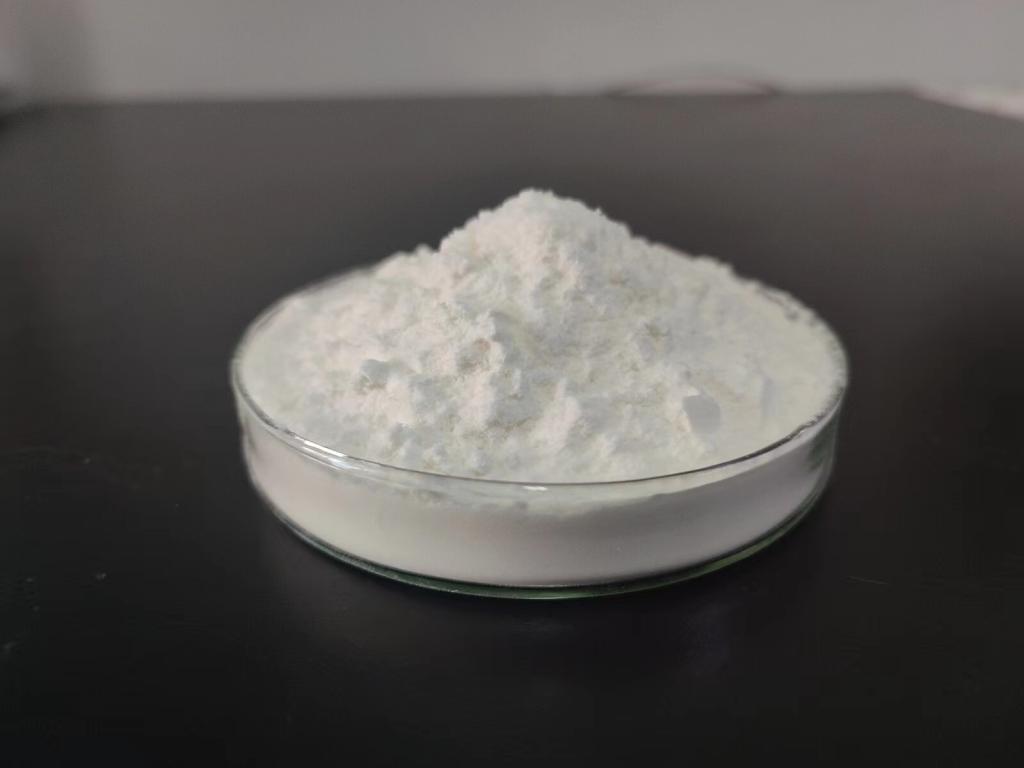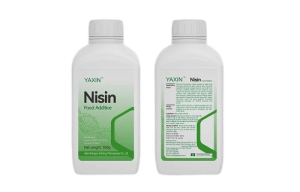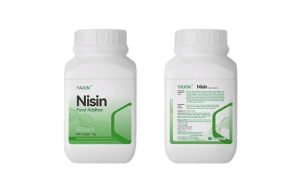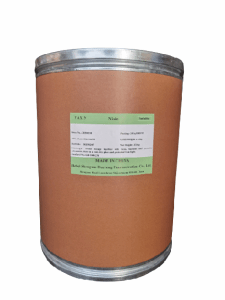Tel:+8618231198596

News
 CONTACT
CONTACT
 CONTACT
CONTACT
- Linkman:Linda Yao
- Tel: +8618231198596
- Email:linda.yao@dcpharma.cn
- Linkman:CHARLES.WANG
- Department:Overseas
- Tel: 0086 0311-85537378 0086 0311-85539701
News
ε-Polylysine Hydrochloride Addressing Antibiotic Resistance in Agriculture and Livestock.
TIME:2023-11-10
I. Antibiotic Resistance in Agriculture: A Growing Threat
The Overuse of Antibiotics
Antibiotics have long been used in agriculture to promote animal growth, prevent disease, and treat infections. However, the overuse and misuse of antibiotics in livestock farming have accelerated the development of antibiotic-resistant bacteria.
The "One Health" Approach
Antibiotic resistance is a prime example of the interconnectedness of human and animal health and the environment. The "One Health" approach emphasizes that the emergence of antibiotic resistance in animals poses a direct risk to human health through the food chain and environmental contamination.
Health Risks
The prevalence of antibiotic-resistant bacteria in livestock can result in the consumption of antibiotic-resistant pathogens by humans, causing untreatable infections and posing a significant public health threat.
II. ε-Polylysine Hydrochloride: An Innovative Solution
Introduction to ε-Polylysine
ε-Polylysine is a natural antimicrobial peptide produced by some strains of Streptomyces albulus. It has a long history of use in the food industry as a food preservative due to its excellent antimicrobial properties.
Mechanism of Action
ε-Polylysine exhibits antimicrobial activity by disrupting the cell membrane integrity of target microorganisms. This mechanism is effective against a broad spectrum of pathogens, including bacteria, fungi, and some viruses.
Safety and Non-Toxicity
One of the key advantages of ε-polylysine is its safety profile. It is considered safe for both animal and human consumption, with no observed toxic effects, making it an attractive alternative to traditional antibiotics.
Biodegradability
ε-Polylysine is biodegradable, which means that it can break down into non-harmful compounds, reducing its environmental impact and supporting sustainability in agriculture.
III. Applications in Agriculture and Livestock Farming
Animal Growth Promotion
ε-Polylysine hydrochloride can be used as a growth-promoting agent in livestock farming. Its antimicrobial properties help control pathogenic bacteria in the gastrointestinal tract, allowing for more efficient nutrient utilization and enhanced animal growth.
Disease Prevention
In addition to growth promotion, ε-polylysine hydrochloride can be employed to prevent and control diseases in livestock. By inhibiting the growth of pathogenic bacteria, it reduces the risk of infections, leading to healthier animals.
Reduction of Antibiotic Use
One of the primary benefits of ε-polylysine hydrochloride is its potential to reduce the reliance on traditional antibiotics in livestock farming. This can contribute to the mitigation of antibiotic resistance in both animals and humans.
Feed Preservation
ε-Polylysine can be added to animal feed as a natural preservative. It helps extend the shelf life of feed, reducing waste and improving the overall quality of the diet.
IV. Case Studies and Success Stories
Poultry Farming
Poultry farming is one of the sectors where ε-polylysine hydrochloride has been successfully employed. Studies have shown that its use in broiler chickens can enhance growth performance, reduce mortality rates, and improve feed conversion efficiency.
Swine Production
Swine production has also benefited from the use of ε-polylysine hydrochloride. By controlling pathogenic bacteria in the intestines, it helps reduce the need for antibiotics, resulting in healthier and more productive pigs.
Dairy Cattle
Dairy cattle farmers have incorporated ε-polylysine hydrochloride into their feeding strategies to enhance milk production and improve animal health. The reduction of antibiotic use has gained particular attention in this sector.
V. Regulatory Approvals and Safety Considerations
Regulatory Status
In various countries, ε-polylysine hydrochloride has received regulatory approval for use in animal feed and agriculture. Regulatory agencies assess its safety and efficacy before allowing its use.
Non-Toxicity
Extensive toxicological studies have demonstrated the safety of ε-polylysine hydrochloride. It is well-tolerated by animals and does not lead to adverse effects even at higher doses.
Minimal Residue Concerns
Unlike some antibiotics, ε-polylysine hydrochloride does not leave significant residues in animal products such as meat, milk, and eggs, reducing concerns about human exposure to residues.
VI. Future Prospects and Challenges
Global Adoption
The global adoption of ε-polylysine hydrochloride in livestock farming will be crucial in reducing antibiotic resistance. Overcoming challenges related to awareness and affordability is essential for widespread adoption.
Research and Innovation
Continued research and innovation are needed to optimize the use of ε-polylysine hydrochloride, including dosing strategies, feed formulations, and combination therapies with other natural antimicrobials.
Sustainability and Environmental Impact
Sustainability considerations, such as the use of renewable resources for ε-polylysine production, will be essential to reduce the environmental footprint of its production and application.
Regulatory Harmonization
Harmonization of regulatory standards across regions will facilitate the global trade of animals and animal products treated with ε-polylysine hydrochloride.
VII. Conclusion
ε-Polylysine hydrochloride offers a promising solution to address antibiotic resistance in agriculture and livestock farming. Its natural origin, safety profile, and broad-spectrum antimicrobial activity make it a compelling alternative to traditional antibiotics. As the world faces the challenge of antibiotic resistance, the adoption of innovative and sustainable alternatives like ε-polylysine hydrochloride can pave the way for a healthier, safer, and more sustainable future for both animals and humans in the agriculture and livestock sectors.
- Tel:+8618231198596
- Whatsapp:18231198596
- Chat With Skype







